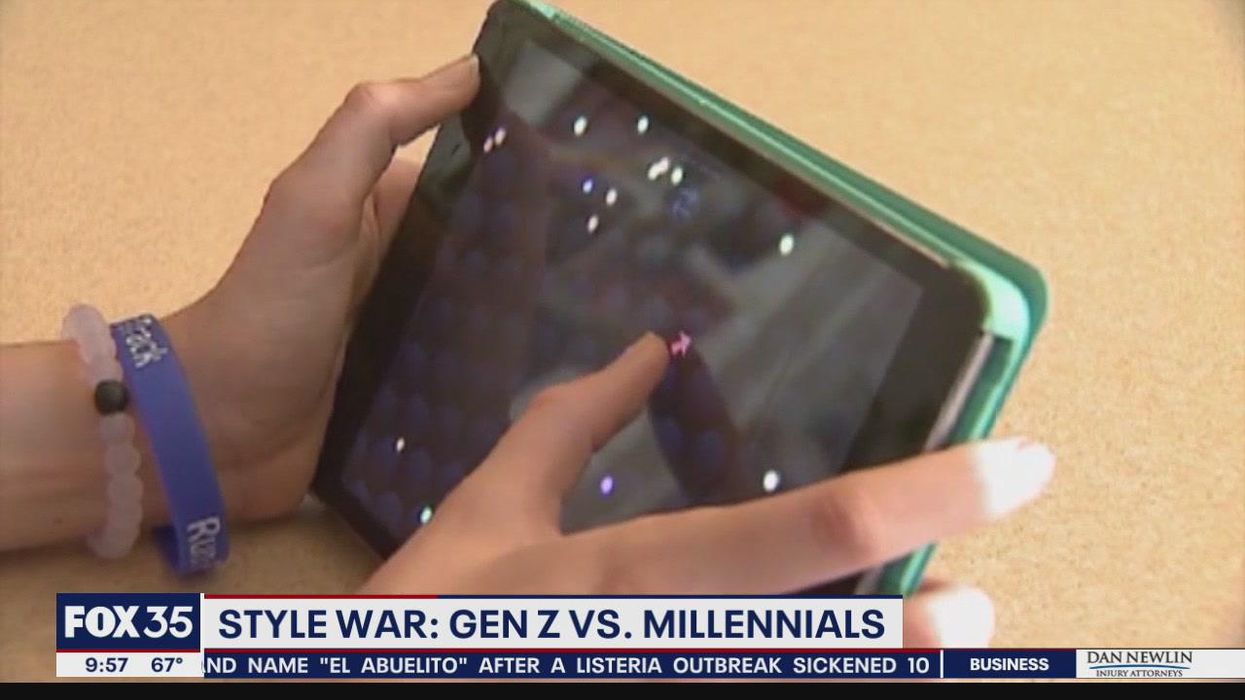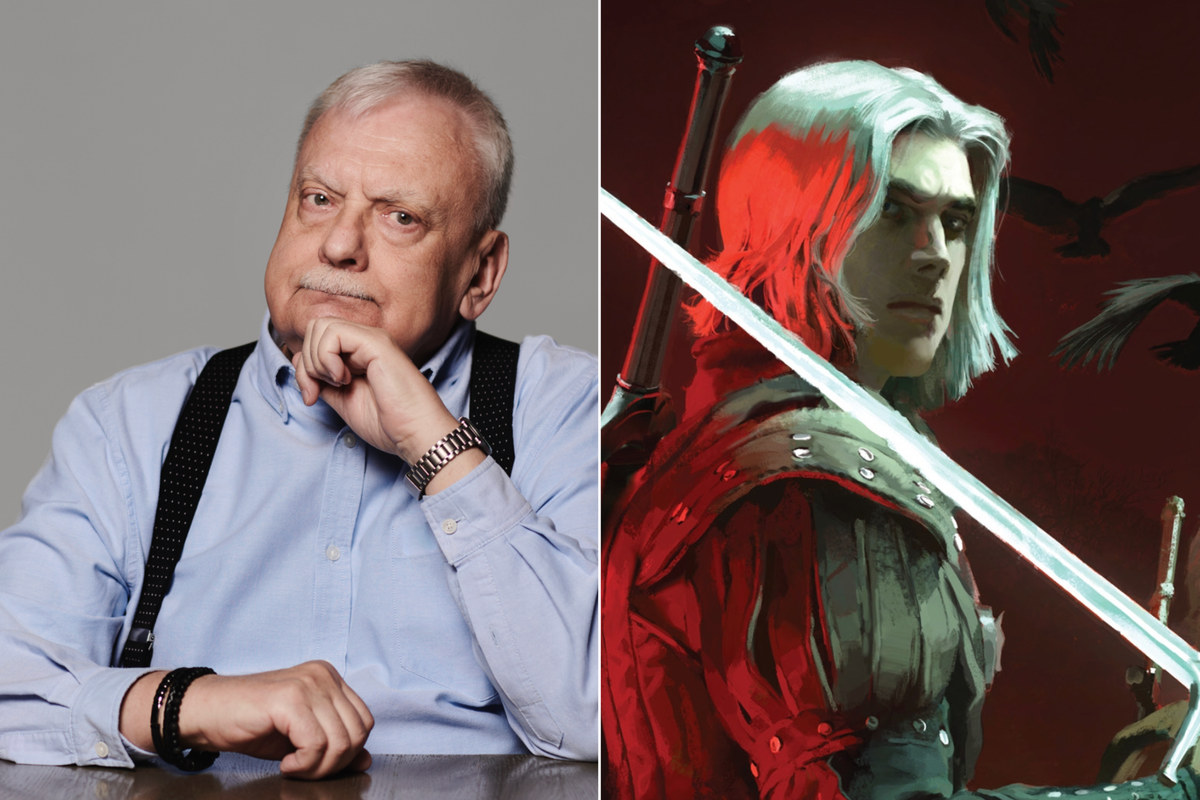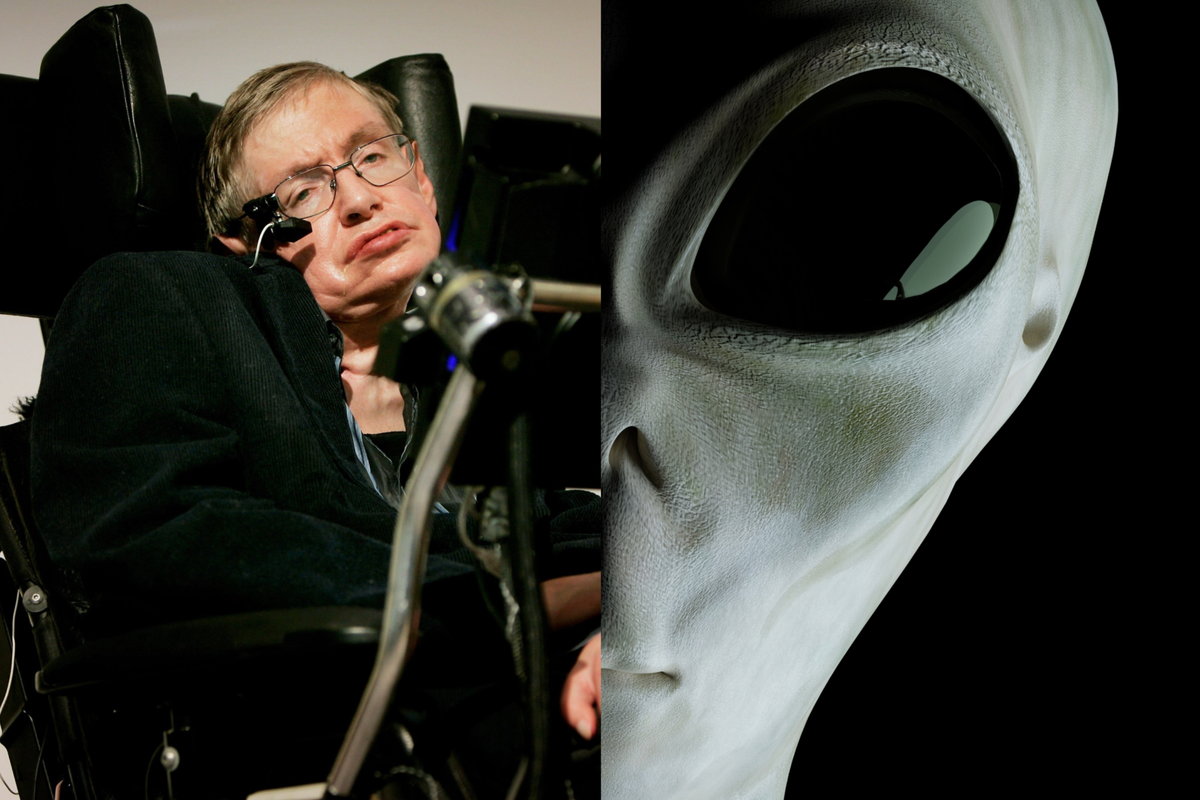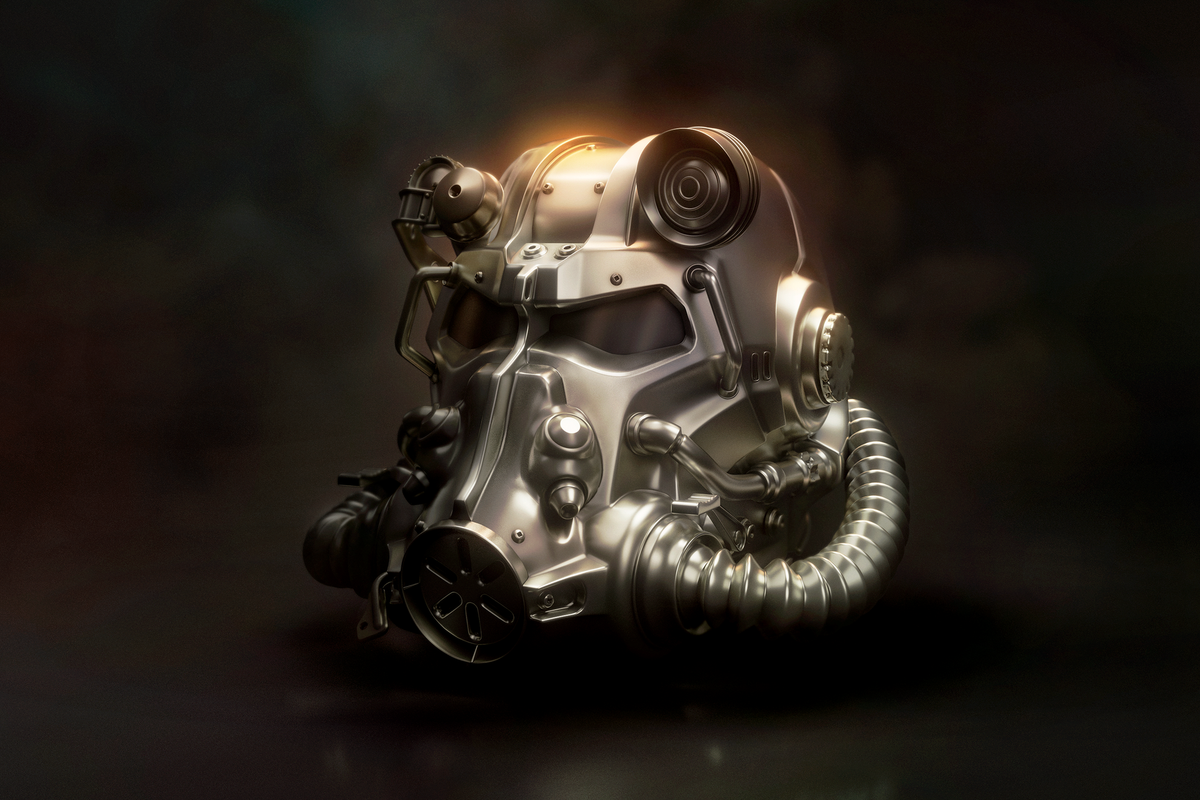As if Millenials needed more things to worry about.
There are major differences between Millenials and Gen Z and by far the starkest is the way the two generations use technology lingo and emojis.
Have you ever seen a young person comment an hourglass beneath their friend's photo or send you the skull emoji in response to a funny text and wondered what does that mean? Well, we're breaking it down for you.
Hourglass: attractive. Commenting an hourglass emoji beneath someone's photo means they have a good body.
Leaves: marijuana. Probably could have guessed that one.
Pregnant Woman: attractive (an alternative to the hourglass emoji). Commenting this emoji beneath someone's photo means they're so attractive they've instantly gotten you pregnant (metaphorically speaking).
Clown Face: foolish. Gen Z will typically comment a clown emoji if you've said something stupid.
Skull: laughing. This usually means somebody found something so funny they're "dead" from laughing.
Eye, Lips, Eye: shock. It's usually commented on something shocking, outrageous, or embarrassing. Examples are a fan taking their obsession with something too far or someone posting a video of themselves doing something the commenter wishes they weren't witnessing.
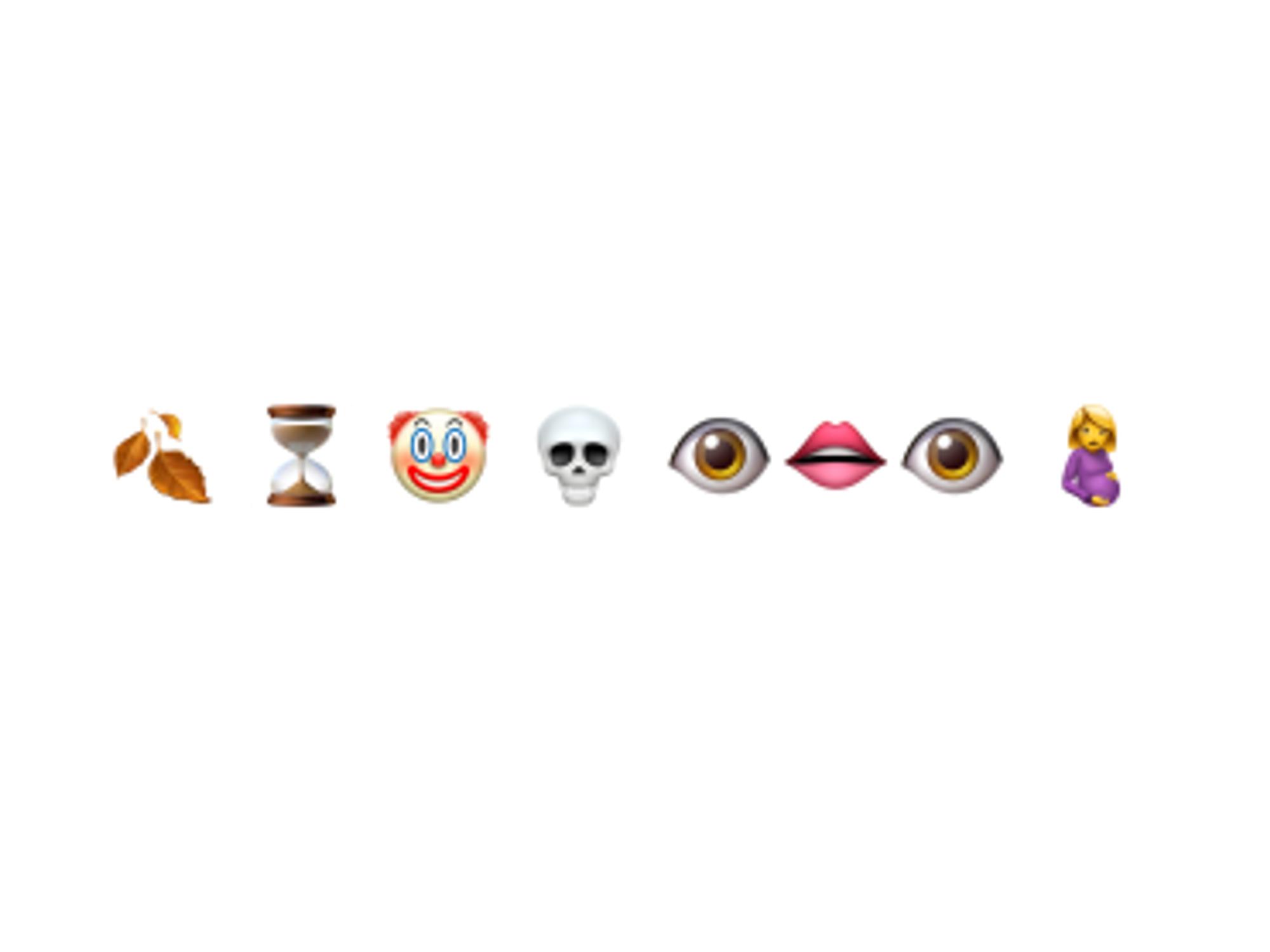
The main takeaway is Gen Z doesn't use genuinely use emojis to express emotion. They tend to use emojis ironically, more for fun rather than for authentic expression.
Keith Broni, deputy emoji officer of Emojipedia, explained this further.
"People’s emoji usage is very contingent on demographic factors. We’ve already seen some very amusing cases of differences in understanding with millennials and older generations, the classic example being the eggplant and the peach, and it’s guaranteed to be the same between millennials and Gen Z-ers.
For example, the very slightly smiling face is a prime area of more ironic use than perhaps even millennials realize. It can veer into passive-aggressive territory. Many of the other icons could be used highly ironically as well. The thinking face is going to be a key area of misunderstanding."
The thinking face, by the way, is used to suggest consternation at a questionable opinion.
It's only natural that Gen Z adapts words and symbols to best fit their own identities and the environments they find themselves in on social media just as Millennials did before them.
Enjoyed this article? Then click the upvote icon at the top of the page to help it rise through the indy100 rankings and have your say in our news democracy.
